Nail pullers: features, types and scope
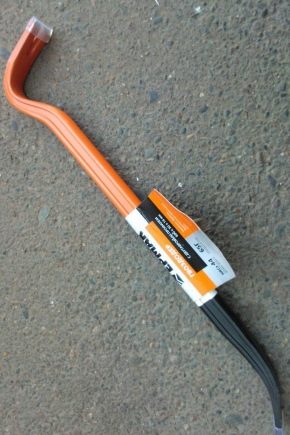
There are tons of tools that are used by professionals and DIYers alike. This list includes both modern electrical appliances and the simplest designs, for example, a nail puller. What this device is and why it is used, we will find out further.
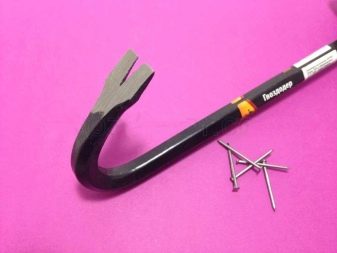
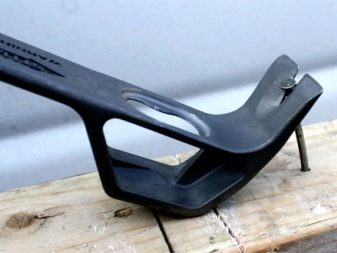
Peculiarities
A nail puller is a special lever-wedge unit that is used to pull nails out of surfaces of any kind. It is because of the appearance and unique shape that this device helps to pull them out easily and quickly. Such a tool can be used both independently and together with hammers or crowbars of various sizes.
The clipper has a number of features:
- it can be either manual or electric;
- suitable for both home and professional use;
- has a simple design and clear operating principle;
- has a wide range of uses.
Today in stores this device is sold in a variety of forms and modifications. However, if necessary, you can make it quite easily with your own hands.
A great advantage and main feature is its versatility and affordable price. Anyone can buy a simple manual nail puller today.
And it can be used not only for removing nails, but also for hammering them and even for carrying bulky goods.
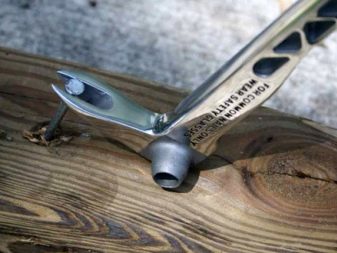
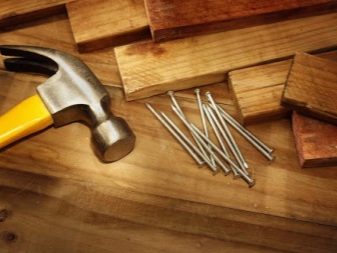
Device
The classic nailer is a long wooden handle with a working area on top. On the one hand, it is a wedge bifurcated in two, and on the other, an ordinary hammer. Sometimes there is no hammer on the working part and it is represented only by the wedge itself.
The length of the handle, as well as its thickness, and the material of manufacture can be very different.
If we are talking about an electric tool, then, in fact, this is a classic unit that does not have a hammer on the upper working part. It is powered by a small battery, which is connected with electrical wires.
This modern type of instrument is quite expensive, so only highly specialized craftsmen use it.
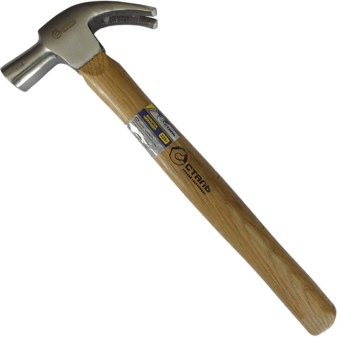
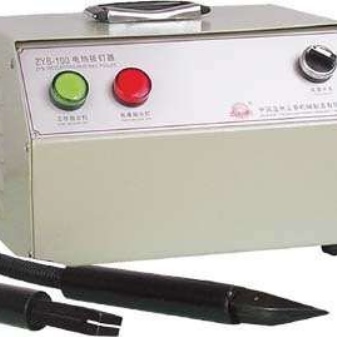
Scope of application
Despite the simple design and low cost, this type of tool is widely used in everyday life.
It is used in areas such as:
- construction;
- carpentry;
- transfer of goods;
- Finishing work.
The need to use this tool arises both when dismantling any wooden structures, and when carrying or transporting goods in large wooden boxes.
Moreover, in all these areas, you can use both a universal type of nail puller, and any one highly specialized one.
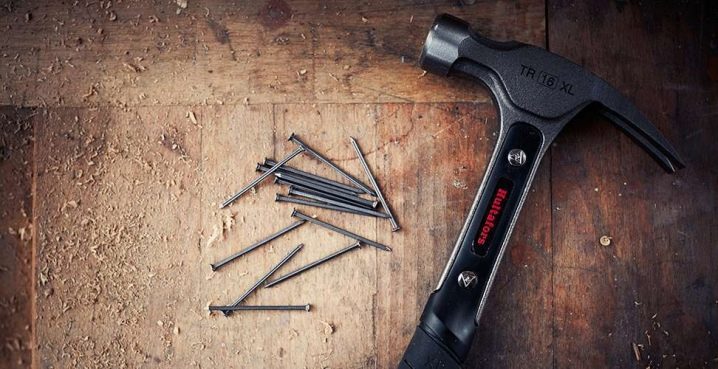
Types and their characteristics
Various modifications of this instrument can be seen on store shelves today. All of them differ from each other both in appearance and in a number of functions, as well as in their main purpose.
Normal
Such a nail puller is considered the simplest. It can only be used to pull nails out of any surface.
A distinctive feature of such a tool is its compact size - an ordinary nailer cannot have a length of more than 400 mm.The handle is usually a regular wooden handle, although many manufacturers today make the tip rubberized. This is necessary so that your hands do not slip during work.
Such a small instrument looks like a curved metal head in the shape of a wedge, the ends of which are bifurcated. In addition to pulling out nails, it can also be used to break wooden boxes and boxes.
There is also a mini nailer. Its size is the same as a regular screwdriver. The shape is a bifurcated wedge. Such a tool is used to perform work in hard-to-reach and narrow places.
The usual clipper of classic or mini-size is not widely popular, since its scope is very limited. Moreover, it is the cheapest tool in this category.

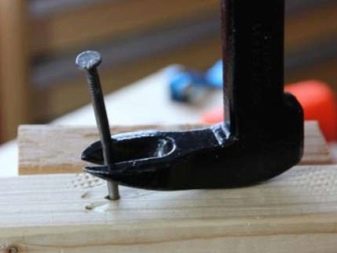
Combined
It is this model of the nail puller that is considered the most popular today. Such a tool has several basic varieties.
Scrap
The size of such a nailer can reach one and a half meters. At its end there is a flat sharp wedge or a special blade. This heavy-duty demolition tool is suitable for virtually any demanding job thanks to its classic scrap shape. It is with such a tool that it usually carries out the loading and unloading of large boxes. But it is worthwhile to understand that such a scrap clipper is not suitable for dismantling small-bore nails, as well as for neatly disassembling any wooden structures.
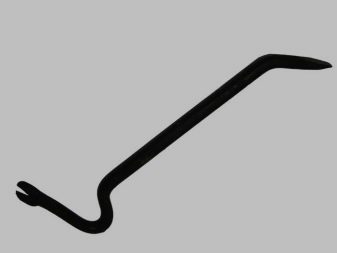
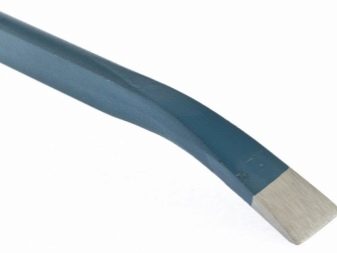
Hammer
This version of the tool is considered the most popular. In appearance, it resembles a classic nail tool, but on the other side is a forked wedge. This is the tool most often used by home craftsmen. It is not suitable for moving objects, as well as dismantling large objects, due to its small dimensions.
It is best to choose a titanium tool, since, if necessary, its handle can be easily lengthened without worrying about the safety of the metal working surface.

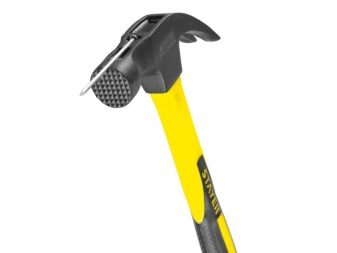
Claw pincers
It differs from all versions of the tool in its appearance and principle of operation. In fact, these are ordinary metal tongs, with the working part of which they grab protruding nails and then remove them. Such a tool is also pneumatic, it is more convenient and rational to use when performing a large amount of work. Its disadvantage is that such a tool has a narrow specialization and cannot be used as a crowbar or hammer.
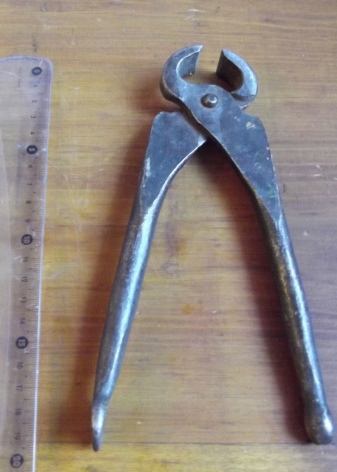
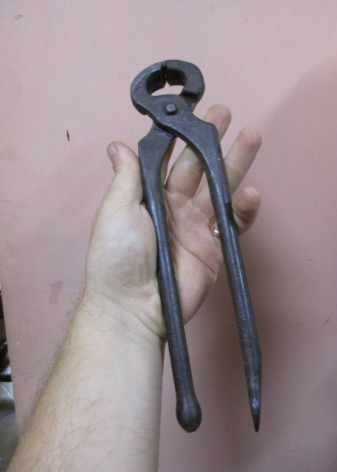
Pry bar
One of the most expensive but popular products of this type. This tool is especially popular with professionals. Able to cope with even the most difficult and voluminous dismantling work. As a rule, one nailer of this type is able to replace 4 tools at once - a hammer, a chisel, a crowbar and a unit for bending steel rods.
However, despite the wide scope of use, in terms of power, such a tool is inferior to the classic scrap-nail puller.


It is this description of each type of nail puller that allows you to choose the right tool for a specific type of work. Do not forget that GOST regulates the dimensions and materials for the manufacture of units of all these types.
Unlike other varieties of nailers, this model is highly specialized. It is only suitable for beekeepers. With the help of such a tool, they remove and clean the old frames from the hives. In this case, a chisel located on the other side of the tool is used to clean the frames and thoroughly clean them.
Today, on store shelves, you can see an improved model of this tool, in which, in addition to a nail puller and a chisel, there is also a hammer. Such a tool is used immediately and for quick and partial repair of the hives themselves. The chisel nail clipper is compact in size and made of heavy duty metal.
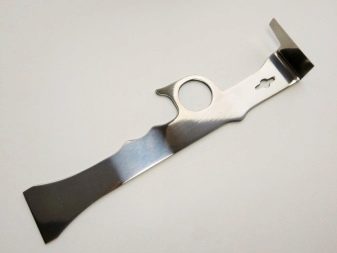
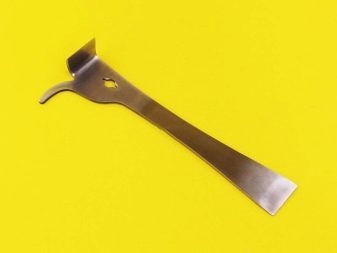
In order for the acquired nail puller to serve for a long time and really cope with all the necessary work, it must be correctly selected and used in the future.
How to choose?
Despite the low cost of this tool, its choice should be approached very responsibly. Only in this way it will be possible to use a convenient and reliable nailer for a long time. Therefore, it is important to pay attention to the following factors when purchasing.
- List and scope of work to be done. The most important selection criterion. So, for beekeepers, only a nail-chisel is suitable, but for professional craftsmen it is better to pay close attention to the mount tool, which allows you to perform several different actions.
- Special attention to the tip - it must be even, sharply sharpened and not have any extraneous grooves and dents on its surface. Only such a tool will quickly and efficiently perform the necessary tasks.
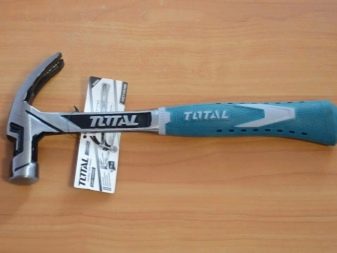
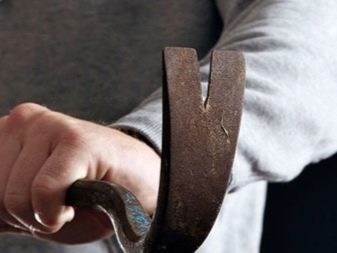
- The size. It must be selected based on the volume and level of complexity of the upcoming work. For frequent use and large dismantling work, a tool with a handle length of at least one meter is better suited. But for infrequent use at home, you can purchase a more compact nailer.
- The weight. Here it is better to choose the least heavy models, especially for frequent and prolonged use. Otherwise, severe fatigue will quickly develop.
And further. Regardless of the type of nailer purchased, it is best to choose those models that have a rubberized handle. Then, when performing work, your hands will not slide over the tool.

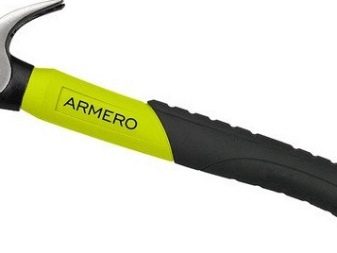
Operating tips
According to professional and home craftsmen, the most important rule is to use the tool according to its intended purpose. This means that the nail chisel cannot be used to remove nails and so on. In this case, the tool itself can quickly fail.
Do not use a damaged tool for any kind of work. This can lead to injury or a negative result of the action itself.
All work related to the use of the nail puller must be carried out with goggles and gloves. If it is not possible to carry out dismantling work using the existing equipment, it is better to replace it with a more powerful model, but do not put extra effort.
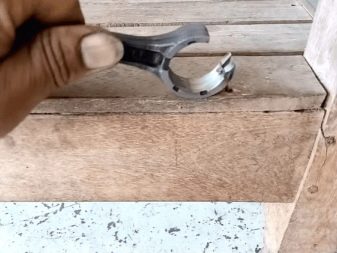
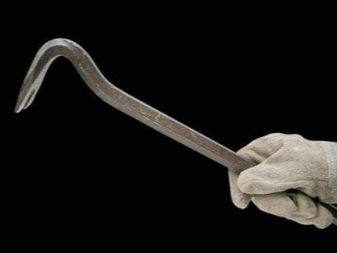
If the nail puller is cracked, its wedge is dull, then it is necessary either to carry out repair work, or change it to a new tool.
Compliance with these simple operating rules, as well as the correct choice of the unit model itself, is the key to easy and safe installation and dismantling work.
For information on how to make a nail puller with your own hands, see the next video.













The comment was sent successfully.